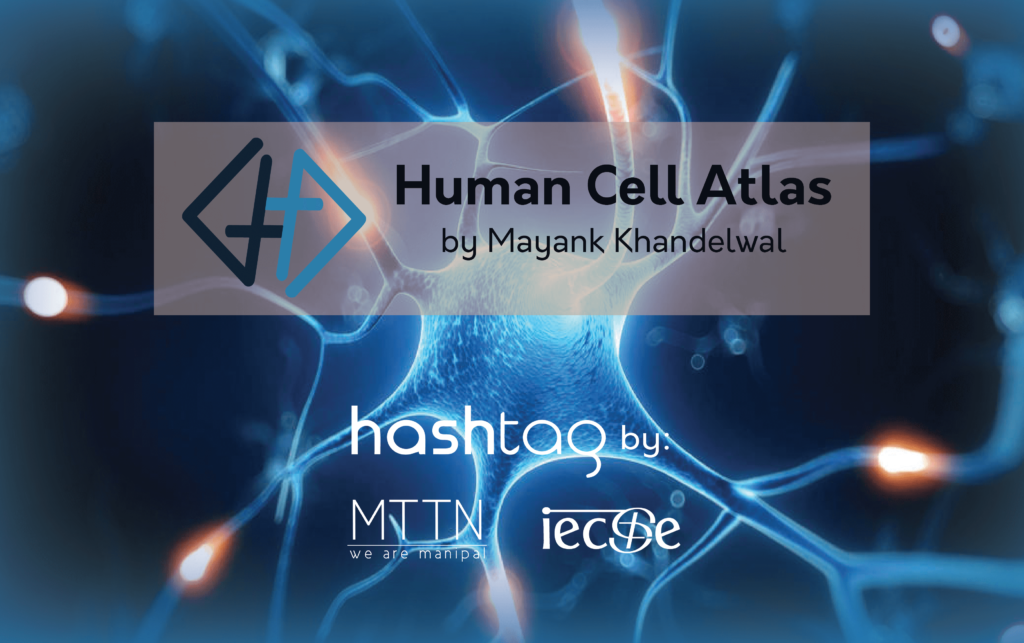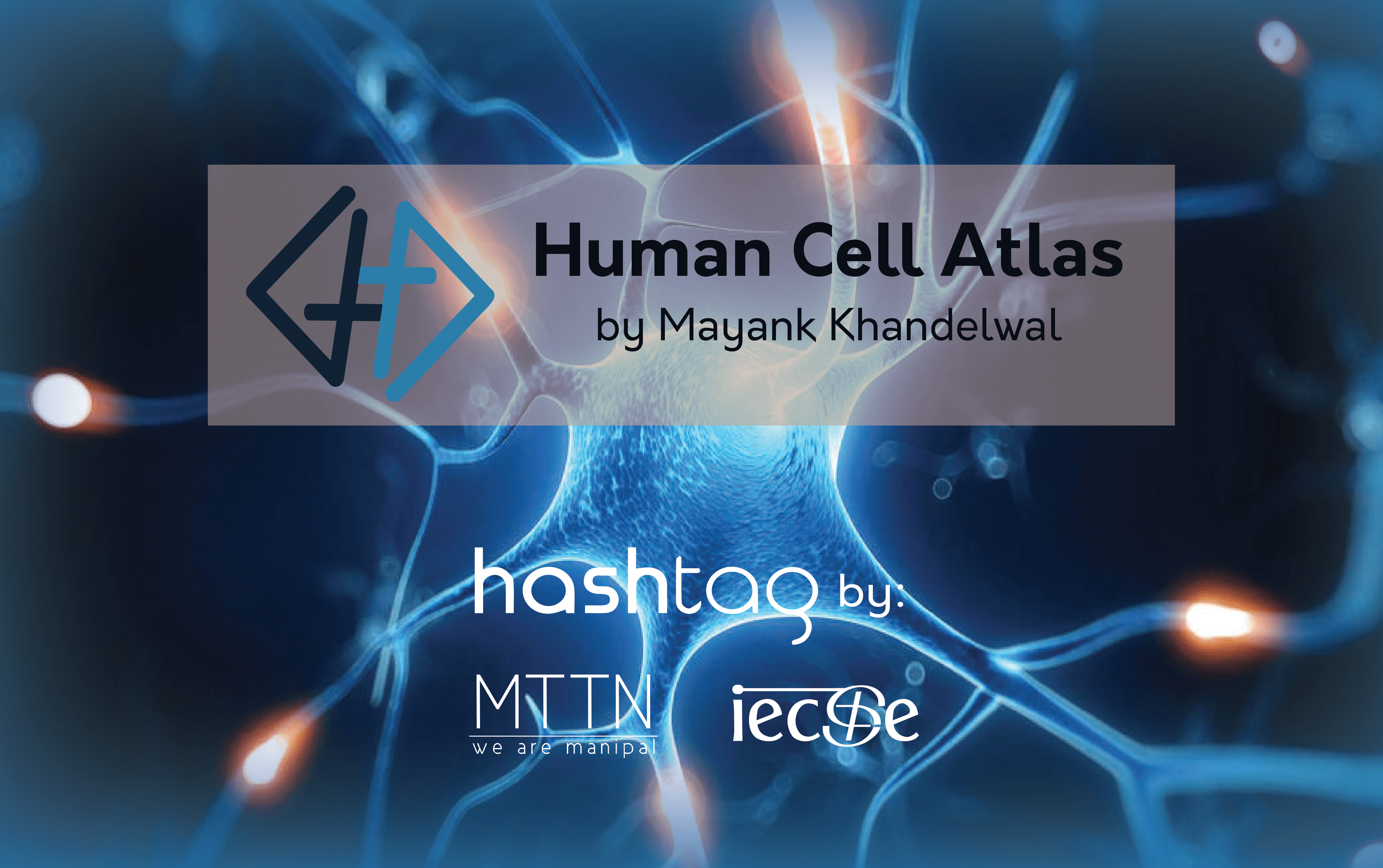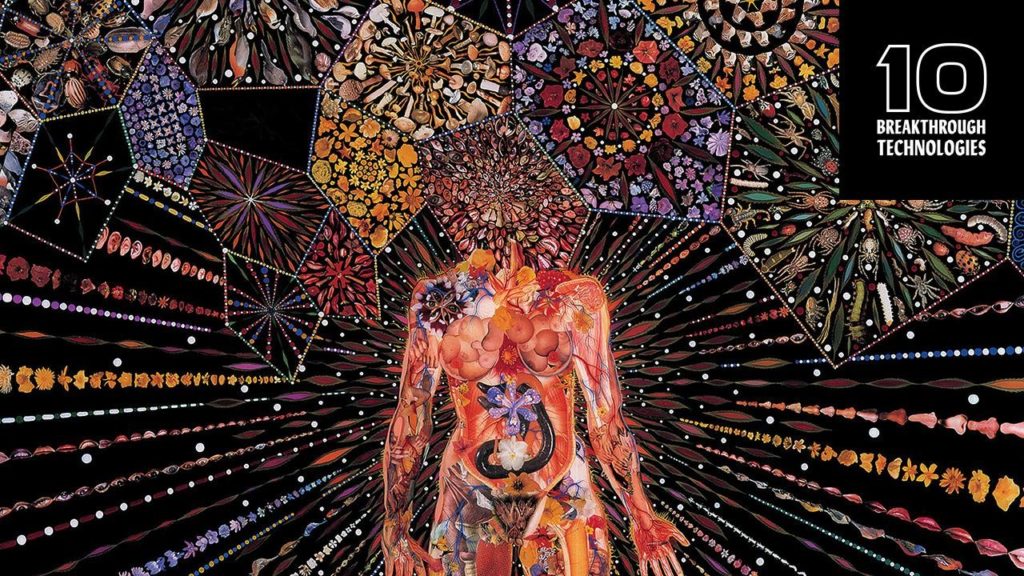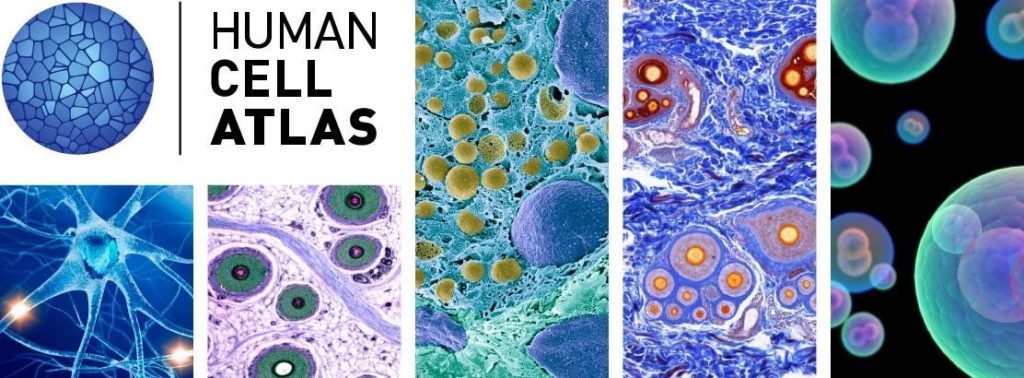
“If the Human Genome Project was the part list of how to make a human, the Human Cell Atlas is how to put that together to make a functioning organism.” -Dr Shalin Naik, Walter and Eliza Hall Institute.
The cell is the core and the basic unit of the human body; it is a key to understanding the biology of health and how molecular dysfunction leads to disease. Being the first scientist to describe cells in 1665, Robert Hooke would be amazed by what technology had to offer to the fundamentals of biology in itself. This led to the creation of a scheme to capture and inspect millions of cells individually using the most potent tools in and cell biology and modern genomics.
To perform the task of cataloguing the 37.2 trillion cells of the human body, a collaborative community of world-leading scientists assembled in London on the 13th and 14th of October 2016. The brainstorming resulted in an idea to build The Human Cell Atlas. It would serve as a collection of maps that will describe and define the cellular basis of health and disease by assigning each cell a molecular signature and also giving each type a zip code in the three-dimensional space of the human body.
What exactly is the Human Cell Atlas?
A Human Cell Atlas will be able to perform the following functions:
- Allow the cataloguing of all cell types (for example, immune cells, brain cells) and sub-types in the human body.
- Initiate mapping of cell types to their location within tissues and the body.
- Observe the critical characteristics of cells during various transitions, such as activation or differentiation (for example, from a stem cell).
- Capture the history of cells through a lineage, such as from a predecessor stem cell in the bone marrow to a functional red blood cell.
What will be its worth?
A human cell atlas will enhance the development of new technologies and advanced analysis techniques. It could provide a reference for comparing related cells and identifying new cell types, distinguish disease from healthy states and reformulate our fundamental definition of cell types, states, and transitions. It could help us discover targets for therapeutic intervention and have immediate, objective and transformative benefits.
In infectious diseases like HIV and Ebola, cell proteins get hijacked causing widespread disease across the body. In non- contagious conditions like Parkinson’s and Alzheimer’s, the proteins themselves become damaged. With the aid of the cell atlas, scientists will be able to experiment with the protein dynamics in a particular cell and study their functions with unprecedented precision.
How will the atlas be built?
The first phase of the project aims to catalogue 30 million to 100 million cells within the initial five years. Data from the primary million cells and immune cells from blood and bone marrow from healthy donors will be published on the database. Ultimately, the scientists aim to build an atlas of at least 10 billion cells covering every tissue, organ and system in the body.
There are three methods which have been used to make this new type of mapping possible.
- The first is known as cellular microfluidics in which each cell is separated, tagged and manipulated in droplets of oil down a narrow, one-way artificial capillary and etched into a tiny chip so that they can be cracked opened and studied one by one.
- The second is the ability to identify the genes active in a single cell by decoding them in super fast and efficient sequencing machines at the cost of just a few cents per cell.
- The third technology uses novel labelling and staining techniques that can locate each type of cell— by its gene activity—at a specific zip code in a human organ or tissue.
The cell atlas is being assisted by big-science powerhouses including the Broad Institute of MIT and Harvard, Britain’s Sanger Institute and a new Biohub in California funded by Facebook CEO Mark Zuckerberg. It was made the inaugural target of a $3 billion donation by Zuckerberg and Priscilla Chan towards medical research in September.
Impact of Artificial Intelligence
Everyone including top firms believes that AI is well placed to help unpick biology and advance human health. As observed by Chris Bishop of Microsoft Research, in Cambridge, England, one way of thinking about living organisms is to recognise that they are, in essence, complex systems which process information using a combination of hardware and software.
That thought has consequences. Irrespective of whether it is the new Chan Zuckerberg Initiative (CZI) or the biological subsidiaries being set up by firms in Silicon Valley such as Alphabet, IBM, and Microsoft, there are a few hurdles to get over.
An essential biological hurdle that AI can help people surmount is complexity. AI can handle this more easily than human beings.
Much work at the molecular level is required before AI will be able to discover the open the inner workings of a cell. CZI’s project Cell Atlas is generating just such basic data which in itself, is a massive undertaking but it is one in which the collaboration with artificial intelligence will speed things up.
As Isaac Newton put it, “If I have seen further, it is by standing on the shoulders of giants.” If the brains of those giants happen to be made of silicon chips, so be it.
Technologies used in Cell Atlas
This type of resource was nonexistent till now, and so much of the technology necessary to complete the Cell Atlas was developed recently.
There is a technology that allows them to sequence the genome of an individual cell. Each cell in the body contains roughly the same number of genes, but the sequence data shows which genes are turned on or turned off, revealing what kind of cell it is. This sequence acts as a software, instructing cells to perform specific functions like producing hormones or blood or sending signals to the brain.
Next one is crucial to the Cell Atlas Initiative and goes by the acronym CRISPR. It is a tool developed from a molecular gene editing system found naturally in bacteria that can be directed to turn on or off any gene.
With this technology, the possibility of conducting experiments to see if a particular combination of on-or-off genes can stop or even reverse the progress of a disease will no longer be a distant prospect.
The Power of Open Source
The availability of Cell Atlas will be made to researchers around the world, providing new insight on the many different types of cells that control the body’s major organs, including the brain, heart and lungs. All the anonymous data will then be put on a vast open source database.
A White Paper, openly available now, provides an overview of the framework for the first draft of the atlas, descriptions of the technology and the tools available to analyse the data to build the atlas. It gives an introduction to the Data Coordination Platform that will host the data for researchers worldwide and provide details on the organisation and governance of the Human Cell Atlas and its relationships to the public and funding support.
Human Cell Atlas is the most ambitious undertaking in human biology research since the mapping of the human genome, which took a span of twenty years for completion.
– Mayank Khandelwal for IECSE, and Abhishek Mishra for MTTN.



Leave a Reply
You must be logged in to post a comment.